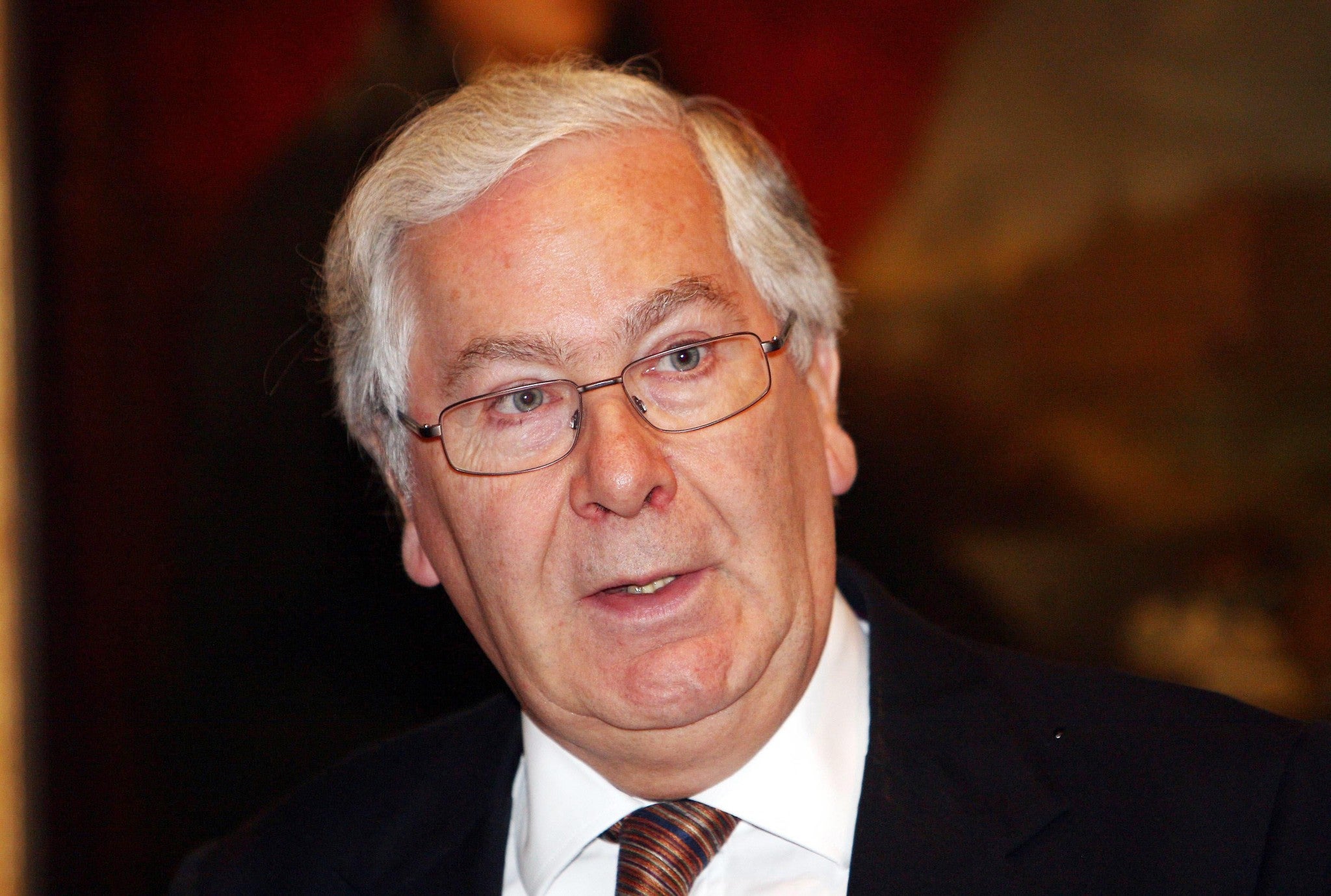The Independent's journalism is supported by our readers. When you purchase through links on our site, we may earn commission.
Bank's stimulus plan 'has lined pockets of the rich'
Report shows wealthy do 240 times better out of QE than the poor

The Bank of England's money-printing programme, intended to revive economic growth, has delivered a massive boost to the wealth of the most prosperous 10 per cent of households in Britain while delivering relatively scant returns for the poorest, a new analysis from the Bank indicated yesterday.
Click here to view the 'Quantitative Easing: How it works' graphic
In its report on the effectiveness of its controversial quantitative easing (QE) programme, the Bank said it successfully pushed up share prices and other asset values, delivering an overall boost to the net financial worth of UK households of around £600bn. The Bank said this worked out at an average benefit of around £10,000 per person.
However, financial assets are unevenly distributed around the population, meaning that the benefit was highly unequal. And an analysis by The Independent reveals that the wealthiest 10 per cent of households would have benefited from QE more than 240 times as much as the poorest 10 per cent.
The Bank's researchers suggested that the £325bn of sovereign-bond purchases enacted by the Monetary Policy Committee since March 2009 boosted asset prices across the economy by around 28 per cent. The most recent research on levels of wealth by the Office for National Statistics (ONS) in July showed that the wealthiest 10 per cent of British households held £2.5 trillion in pension wealth at the end of 2010, while the poorest 10 per cent held just £2bn.
The ONS also estimated that the richest 10 per cent of households held £569bn in financial assets at that time, as against the poorest 10 per cent, who, in contrast, owed around £9bn.
When The Independent applied the Bank's estimate that the monetary stimulus programme successfully boosted asset values by 28 per cent over the last two years to the ONS data, it showed that quantitative easing delivered a benefit to the wealthiest households of £870bn, while the poorest households benefited by just £3.5bn.
With 2.5 million households in the poorest 10 per cent and the same number in the wealthiest 10 per cent, that means the richest households gained by an average of £350,000 each from quantitative easing, while the poorest benefited by an average of £1,400 – more than 240 times less.
However, the Bank's analysis also said that the money-printing programme boosted the size of the economy by between 1.5 and 2 per cent, which, it claimed, had effectively boosted the income of everyone in the country by between £500 and £800 on average.
It also pointed out that many individuals benefited from the monetary stimulus programme because the economy did not shrink as much as it otherwise might have done, meaning that they did not lose their jobs.
The analysis further suggested that concerns quantitative easing had undermined the value of pension funds and hit retirees were misplaced. Campaign groups have complained that the asset-purchase programme has driven down sovereign-bond yields and, in turn, reduced annuity rates. An annuity is the income stream that people receive when they cash in their pension pot on retirement.
But the Bank pointed out that the programme had also boosted the value of the assets of pension funds (which invest mostly in shares and bonds) cancelling out the real impact of lower annuities on pensioners' incomes. "For typical fully-funded pension schemes, asset purchases are likely to have had a broadly neutral impact," the Bank concluded.
However this was disputed by the pressure group Saga. Its director general, Ros Altmann, said: "It is asserted, but not proven, that pension savers are no worse off due to QE gilt-buying. This assertion is simply not correct and the reality is very different for those recently or soon-to-be-retired." Ms Altmann said the Bank's assessment had not taken into consideration higher inflation, which has eaten into living standards in recent years. The Bank's analysis showed that the first round of QE had raised the Consumer Prices Index by between 0.75 and 1.5 per cent.
The Bank also examined the impact of its decision to slash interest rates to historic lows of 0.5 per cent in 2009 when the economy was deep in recession. It found this had cost savers around £70bn in interest that they would have collected if rates had been kept unchanged from their levels before the financial crisis. It also found that borrowers had benefited by around £100bn from lower rates.
Join our commenting forum
Join thought-provoking conversations, follow other Independent readers and see their replies
Comments